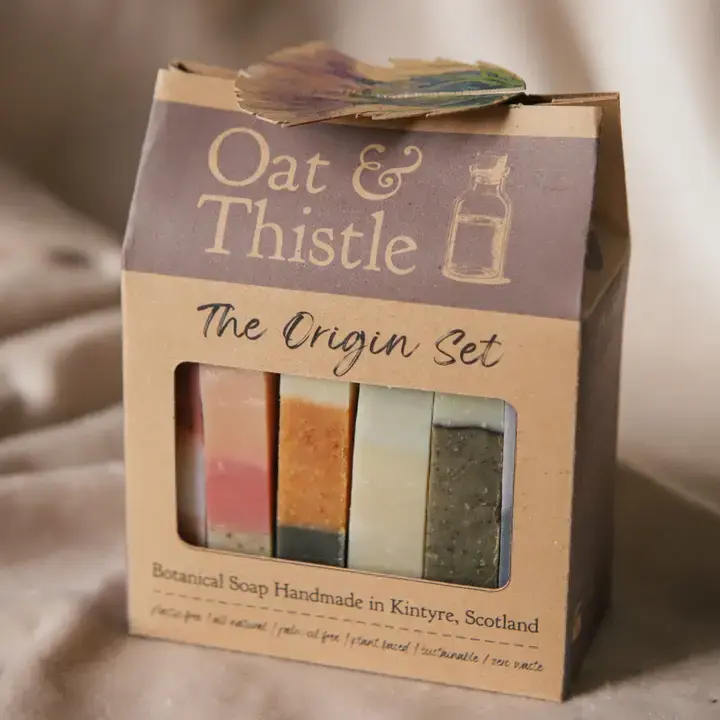Head & Shoulders

Head & Shoulders
brand rating & evaluation
overall rating:
Poor
Our ratings are based on a scale from 1 (Avoid) to 5 (Top Choice). See How We Rate
The Shifting Gaia rating evaluates brands based on sustainable practices, ingredients and materials, and social responsibility, among others. Below are a few factors influencing this brand's score:
certifications:
learn more about these certifications*
overview
sustainability
non-toxic
social responsibility
3.9 out of 10
4 out of 10
4 out of 10
about
Head & Shoulders is a top-selling anti-dandruff shampoo brand owned by Procter & Gamble (P&G).
highlights
Some sustainable packaging efforts
sustainability

score:
3.9 out of 10
details:
Packaging
Head & Shoulders relies heavily on single-use plastic bottles (HDPE) for packaging, which are technically recyclable but often not recycled in practice. Head & Shoulders has also joined P&G’s refill and plastic reduction programs: in Europe, the brand introduced refillable aluminum shampoo bottles paired with lightweight refill pouches that use ~60% less plastic than a regular bottle. Similarly, P&G launched solid shampoo bars for Head & Shoulders (and sister brands) packaged in FSC-certified paper boxes. Still, virgin plastic remains the predominant material for packaging
Ingredient Sustainability
The shampoo’s cleansing agents (e.g. sodium laureth sulfate, cocamidopropyl betaine) are often derived from palm oil or petrochemicals. Today, P&G claims all palm oil for Head & Shoulders is RSPO-certified “sustainable,” but NGOs argue this is inadequate, noting that certification standards haven’t fully stopped forest clearance or abuses.
Formulas contain other non-renewable or environmentally problematic ingredients. For example, many variants include silicones (like dimethicone) which are not biodegradable, and synthetic dyes (e.g. FD&C Blue #1, Red #33) that add load to wastewater. The flagship anti-dandruff active zinc pyrithione has raised environmental red flags: it is highly toxic to marine life and can bioaccumulate.
Energy Use and Footprint
P&G has set climate goals: aiming to cut its Scope 1 and 2 (operational) GHG emissions by 65% by 2030 (vs 2010) and to reach net-zero emissions by 2040. However, independent evaluations suggest P&G’s current trajectory is not fully aligned with goals.
A major contributor to P&G’s footprint is its forest-related sourcing: as described above, deforestation from palm oil and wood pulp sourcing has a dual impact: releasing carbon and removing carbon sinks.
Waste Management
On the production side, P&G reports that 95% of its manufacturing sites for products like Head & Shoulders have achieved “zero manufacturing waste to landfill”, meaning almost all factory waste is reused, recycled, or converted to energy.
The brand’s recent move into refillable formats and solid bars also contributes to waste reduction. Refillable aluminum bottles and concentrate refill pouches (launched in some markets) mean fewer single-use bottles discarded. The main shortcoming is that, despite these programs, tens of millions of plastic shampoo bottles are still used once and disposed each year, many in markets without robust recycling.
Business Model
Head & Shoulders operates on a traditional high-volume consumer goods model: selling affordable shampoo in single-use packaging through mass retail. The brands model is linear over circular and produces a staggering amount of waste.
non-toxic

score:
4 out of 10
details:
Zinc Pyrithione (ZPT) is the primary anti-dandruff agent in most Head & Shoulders shampoos, usually at 1% concentration. While effective against the fungus that causes dandruff, ZPT has been scrutinized by health regulators. The European Union banned zinc pyrithione in cosmetics in 2022 after classifying it as toxic to reproduction and potentially damaging to DNA. The shampoos use strong cleansing agents like sodium laureth sulfate (SLES) and sometimes sodium lauryl sulfate (SLS). Overall, Head & Shoulders falls far short of current “non-toxic” standards, and uses a number of ingredients that are in some places banned, and in others highly criticized for their health risks. Head & Shoulders products carry EWG risk scores from 4-6 (mid-range).
social responsibility

score:
4 out of 10
details:
So for the direct labor practices under Head & Shoulders (like factory workers making the shampoo in a P&G plant), conditions are likely in line with industry best practices. The more critical issues lie in the supply chain. The clearest example is palm oil sourcing. Investigations have revealed serious labor and human rights abuses.
P&G does sell Head & Shoulders in China and other markets, and has complied with local laws, meaning third-party animal testing may have been conducted on its behalf for regulatory approval. Because of this, organizations like PETA and Cruelty Free International do not consider P&G or Head & Shoulders cruelty-free.











